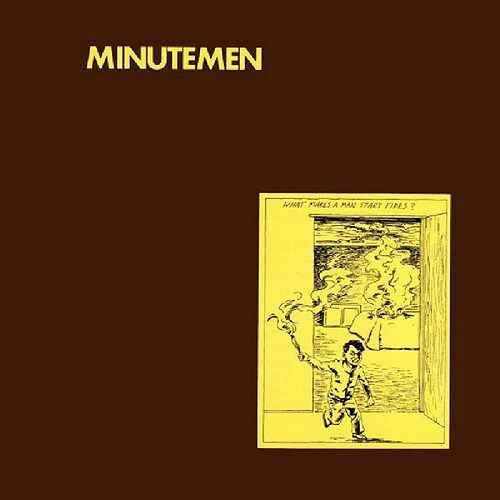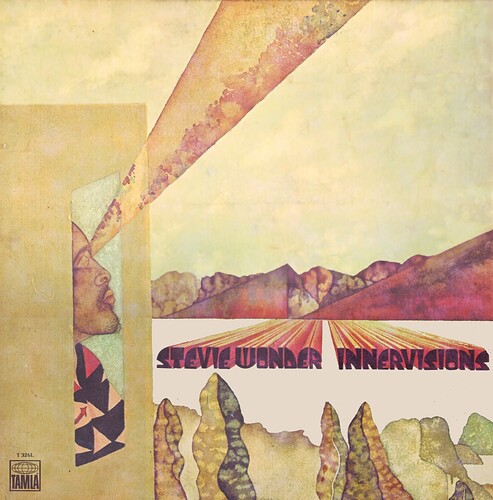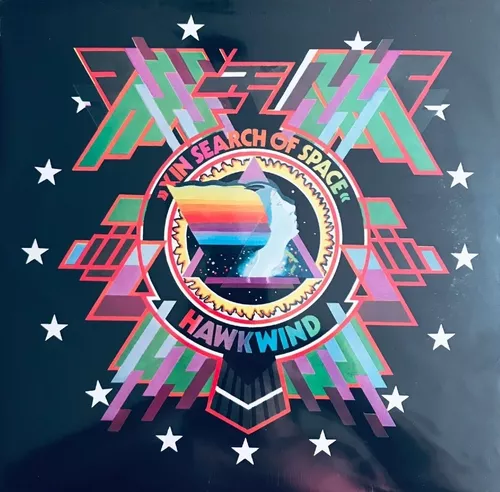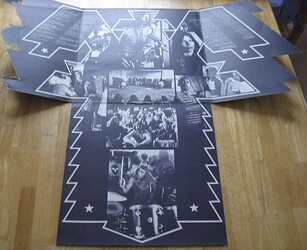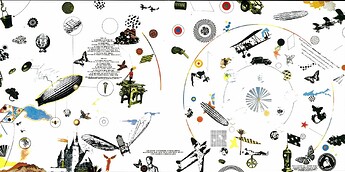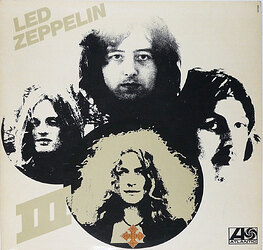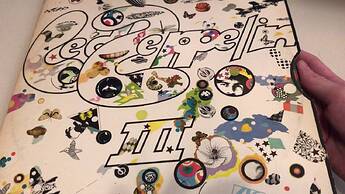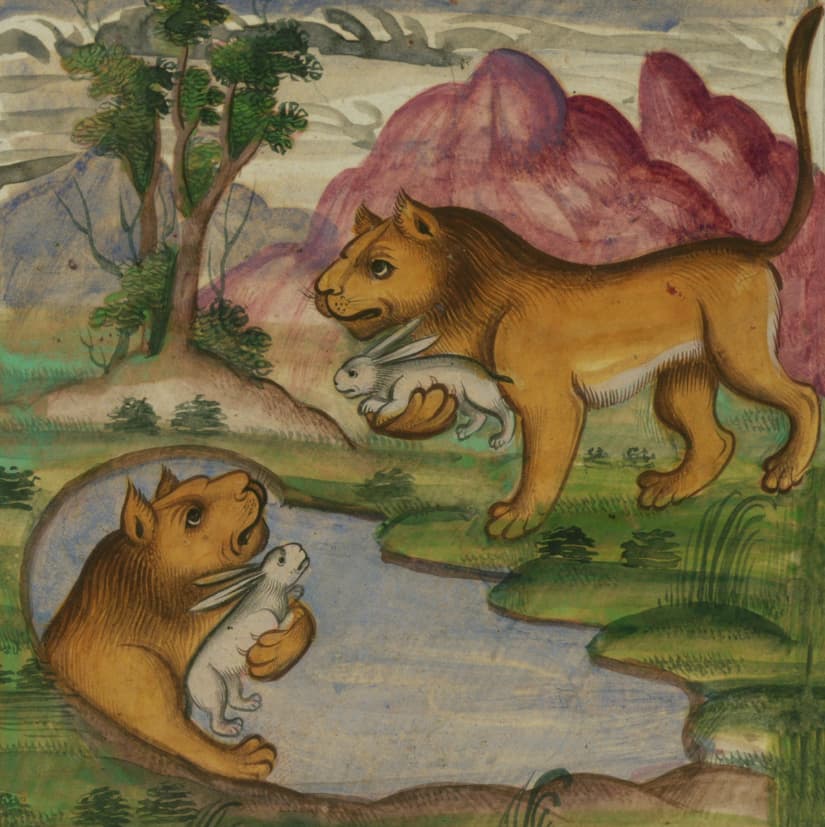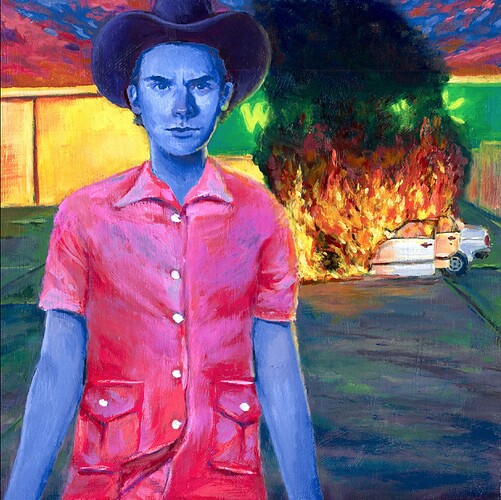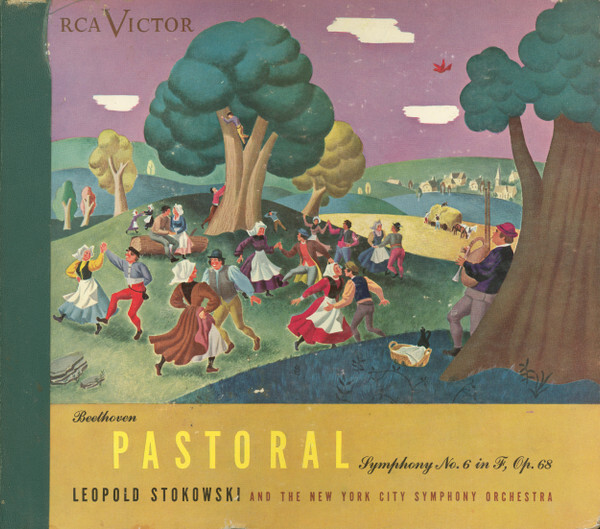This one popped up in one of my playlists this morning. It’s just too cool to be explained properly…

Sooo much going on in this one:

How about the Naive Vivaldi Edition , this is number 69 !! all equally “graphic” they must be running out of beautiful Italian ladies if that if possible.
And another….
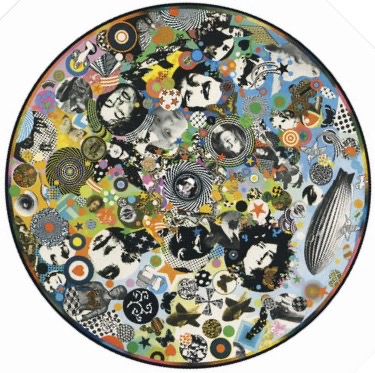
For those not ancient enough to remember, the front cover included a rotatable disc that changed the visible photos in the cover cutouts…
The image is extracted from: Cattus volans, Engraving from China Monumentis Illustrada, edited in Amsterdam in 1667. By Athanasius Kircher (1601-1680).


The Anvār-i Suhaylī or Lights of Canopus — commonly known as the Fables of Bidpai in the West — is a Persian version of an ancient Indian collection of animal fables called the Panchatantra. The tales follow the Persian physician Burzuyah on a mission to India, where he finds a book of stories collected from the animals who live there. Much like in the Arabian Nights (which actually uses several of the Panchatantra stories), the fables are inter-woven as the characters of one story recount the next, with up to three or four degrees of narrative embedding. Many of the fables offer insightful glimpses into human behaviour, and emphasise the power of teamwork and loyalty. The artist behind the images is not mentioned, but the creator of the equally elegant style writing which they serve, is named by The Walters Art Museum as Mīrzā Raḥīm.
And from The Walters Art Museum, where you can see the whole manuscript in .pdf:
Walters manuscript W.599 is an illuminated and illustrated copy of Anvar-i Suhayli (The lights of Canopus), dating to the 13th century AH/AD 19th. It is a Persian version of Kalilah wa-Dimnah (The fables of Bidpay). It was completed on 26 Jumadá I 1264 AH/AD 1847 by Mirza Rahim. The text is written in Nasta’liq script in black and red ink, revealing the influence of Shikastah script. There are 123 paintings illustrating the text. The Qajar binding is original to the manuscript.
Husayn Va’iz Kashifi (died 1504-1505) (Author)
Mirza Rahim navadah-i Mirza Amin Afshar (Scribe)1264 AH/AD 1847 (Qajar)
I’ve been taking 78 rpm analog time for some shellac; here are a bunch of hard workers on break. I bet the food (off frame) was wonderful.
